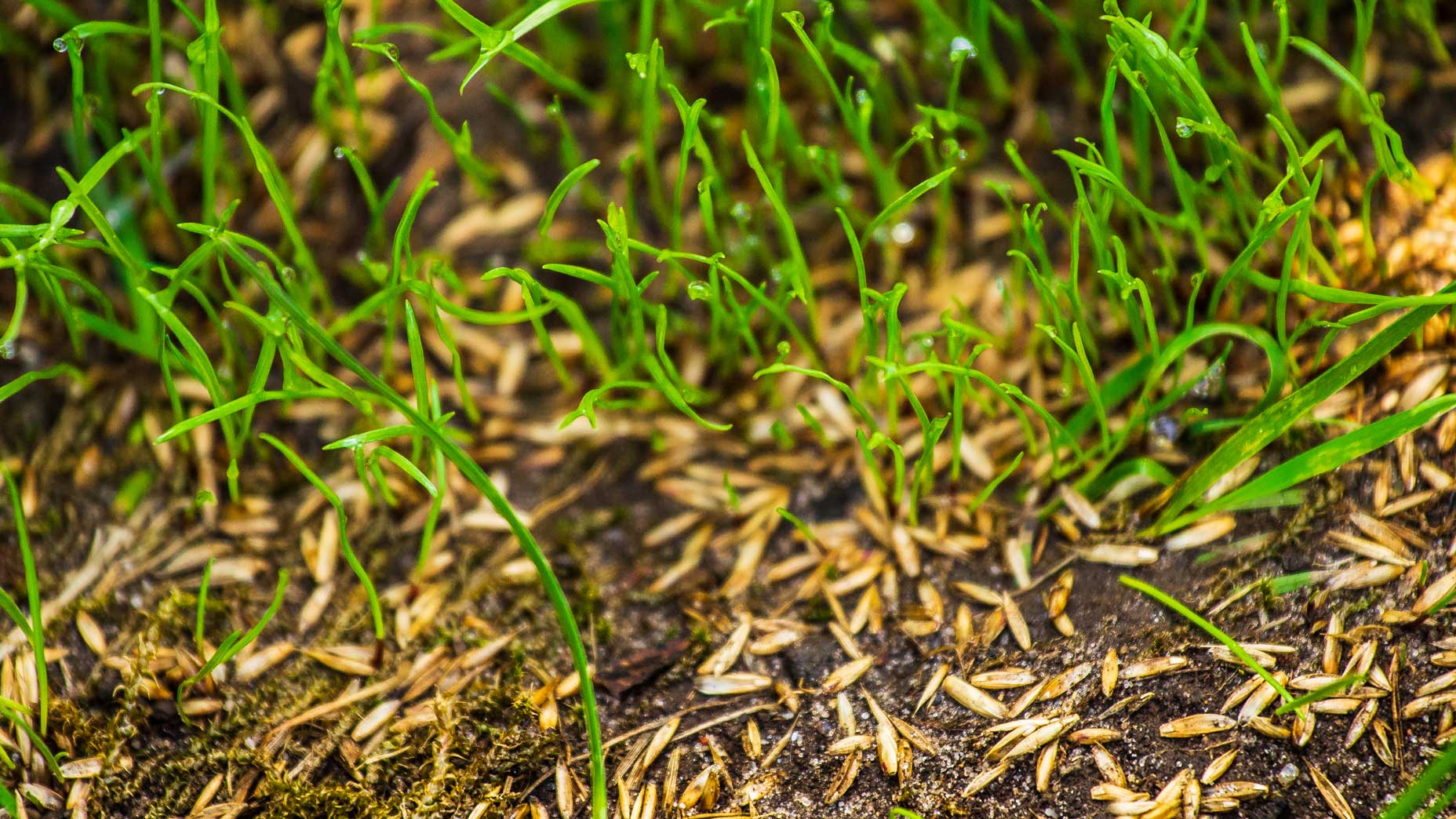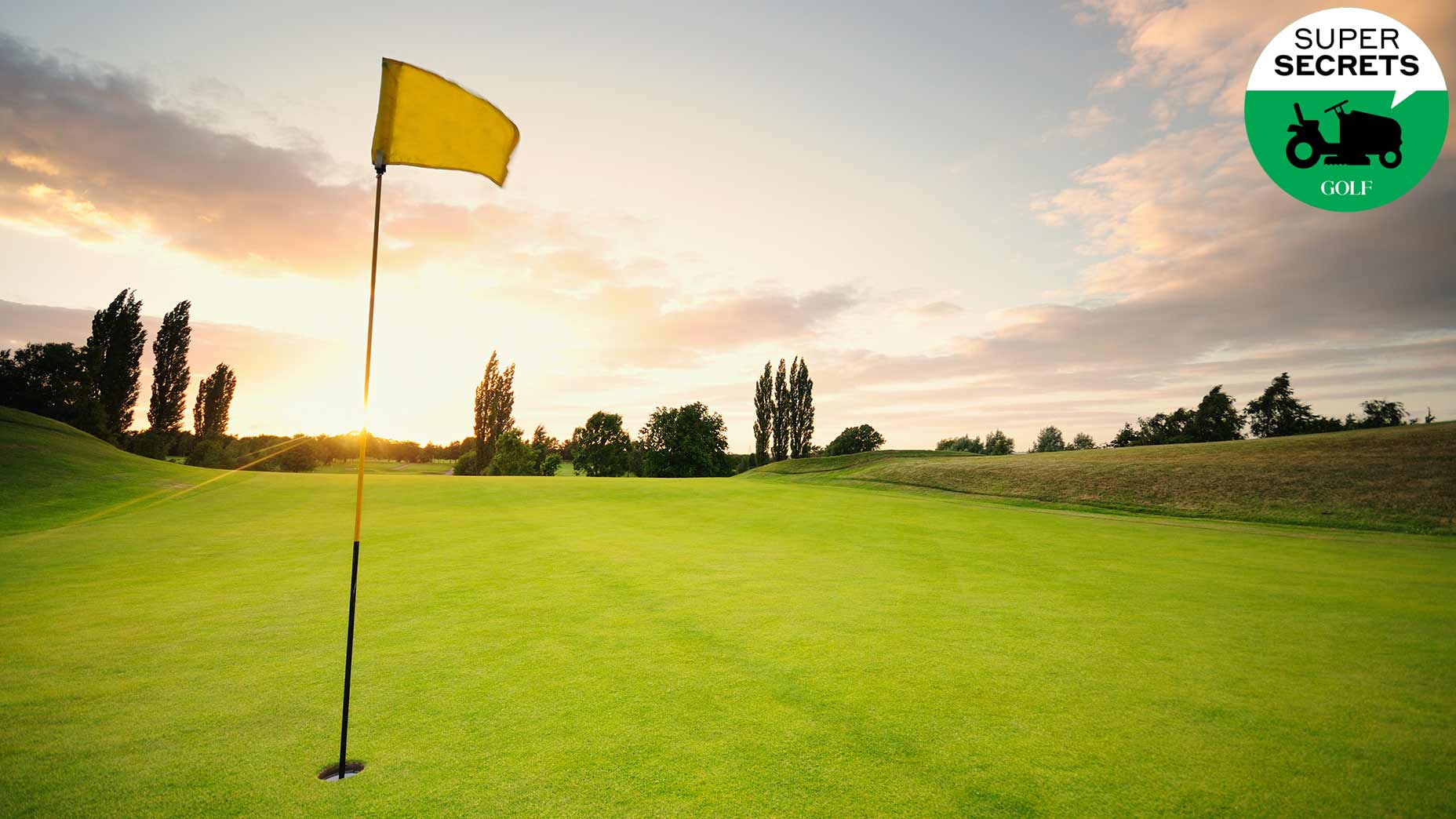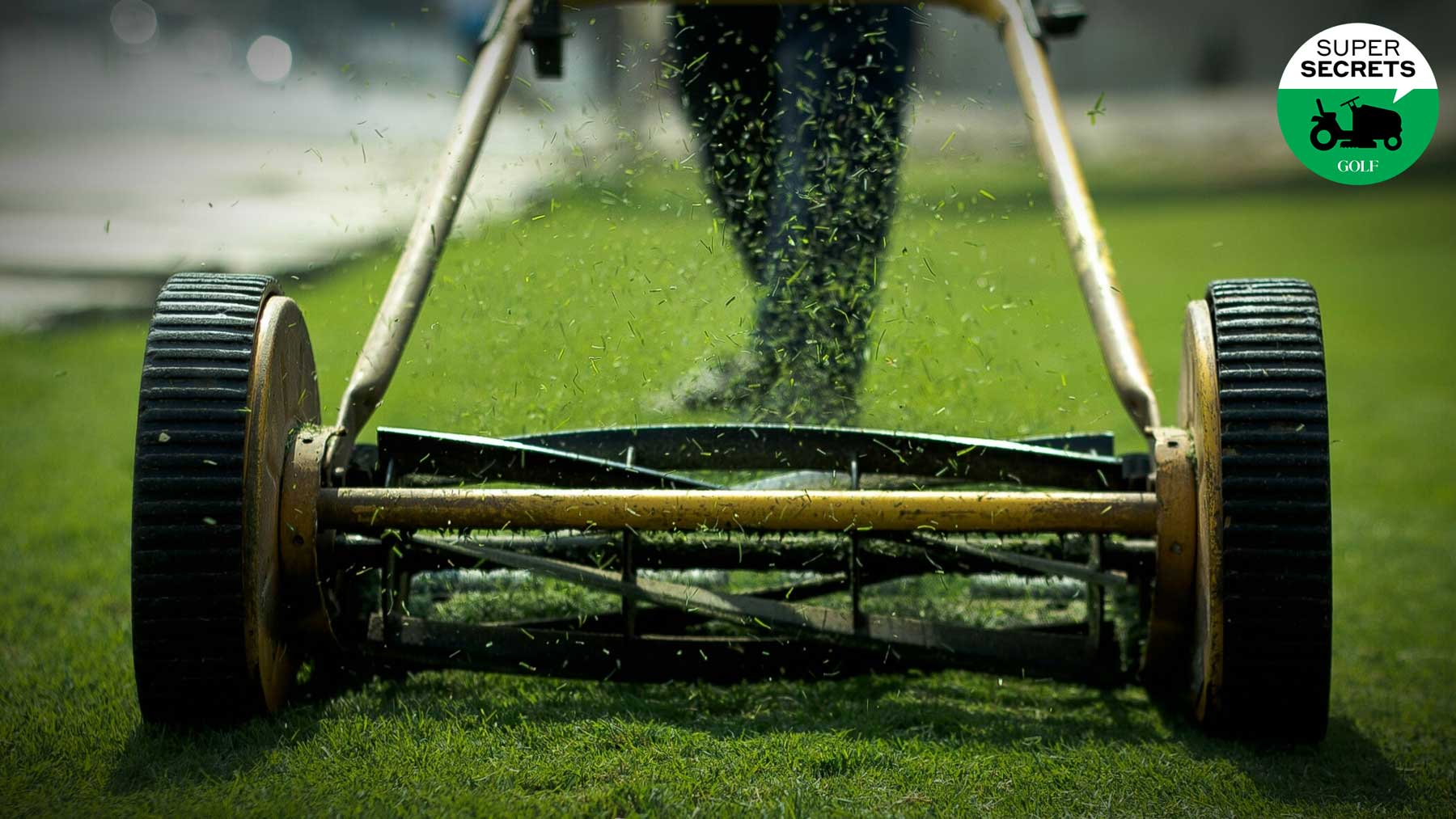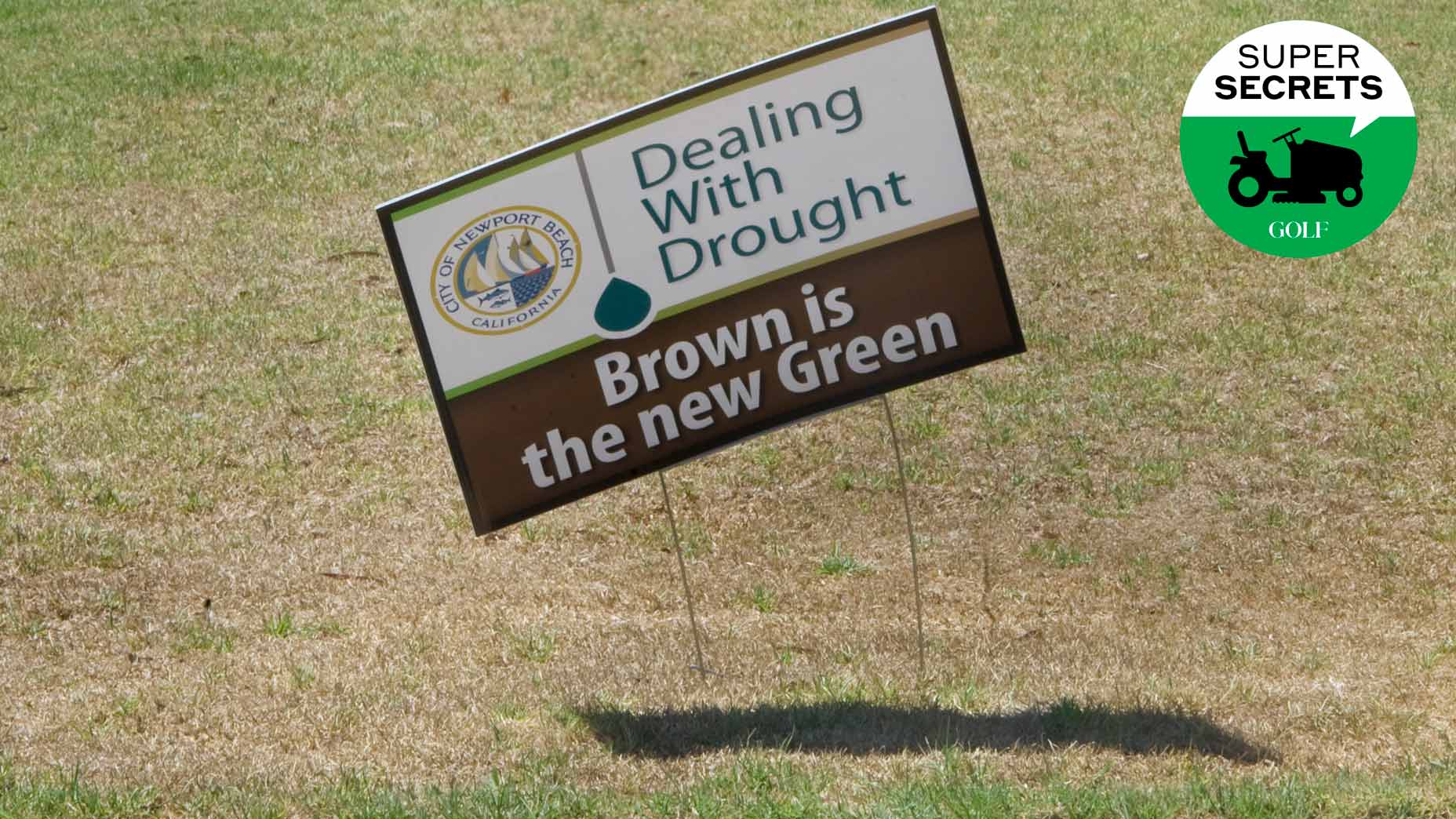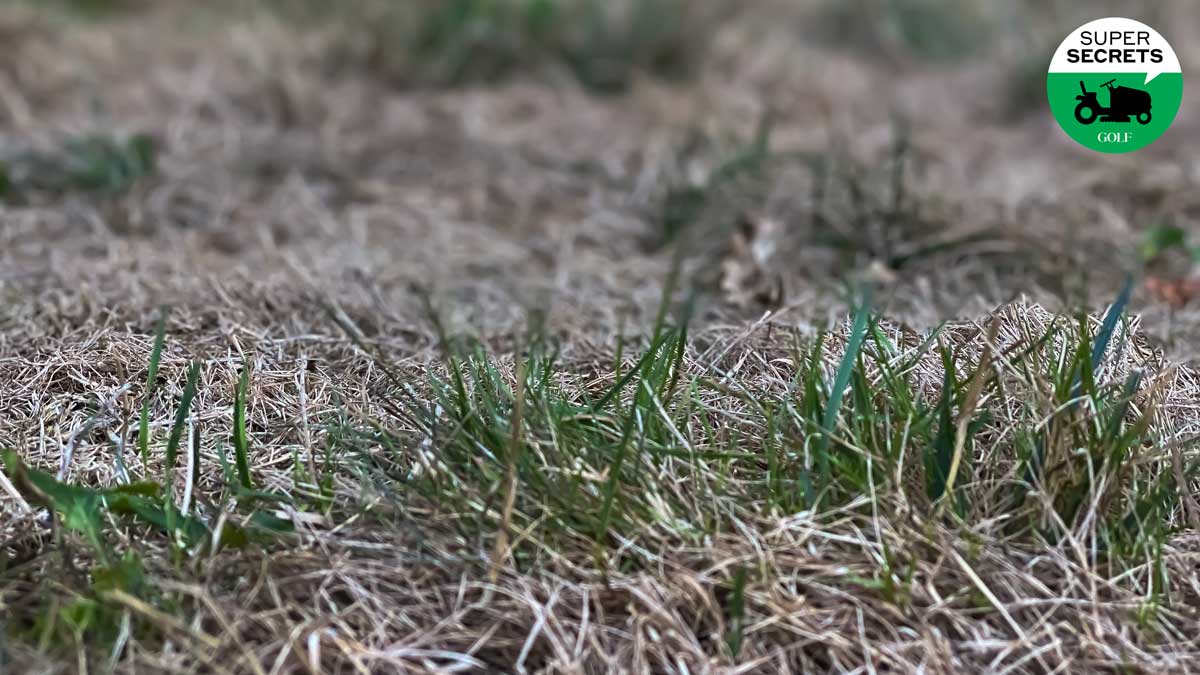Welcome to Super Secrets, a GOLF.com series in which we pick the brains of the game’s leading superintendents. By illuminating how course maintenance crews ply their trades, we’re hopeful we can not only give you a deeper appreciation for the important, innovative work they do but also provide you with maintenance tips that you can apply to your own little patch of paradise. Happy gardening!
***
During NBC’s coverage of the BMW Championship this past weekend, Paul Azinger pulled a Lorax and spoke for the trees.
The gist was that he likes them, and he thinks too many courses remove too many of them, making the game too easy for the best players in the world.
Whether Azinger was right (you could argue that trees aren’t really all that tough on Tour pros, and that, more than anything, thick rough and firm greens are what give them fits), his comment missed a broader point: Golf courses do away with trees for all kinds of reasons, and most of them have nothing to do with scoring.
The best way to mow your lawn, according to a golf-course superintendentBy: Josh Sens
So, what, exactly, goes into those decisions?
In the interest of arboreal understanding, we asked Dan Cutler, superintendent of Rio Verde Country Club, in Arizona, and co-host of the turf-care focused podcast From the Jingweeds, to explain why courses trim or cut down trees (he cited seven reasons!), and what learnings there might be when caring for your own lawns.
1. To let in light
Trees throw shade, and grass needs light. That’s a problem for turf trying to thrive in the shadow of thick oaks, elms and the like. You see it often, Cutler says, on densely shaded tee boxes and greens, where unhealthy spots crop up because “the plant simply isn’t able to carry out the photosynthesis it needs.” In some cases, pruning and trimming tree branches is enough of a solution. But if sufficient light still isn’t getting through, the decision’s pretty simple: for the survival of the grass, a tree (or two or three) may need to go.
2. To prevent disease
Grass in shady spots stays wetter longer, and sodden turf is more susceptible to fungus and other diseases. It’s also more vulnerable to invasions of poa annua and other weeds that do better in those damper conditions. The solution? See above
Why golf courses put sand on greens (and why you might want to sand your own yard)By: Josh Sens
3. To reduce competition
There’s a saying in the industry: You can have turf or you can have trees. That’s because they both want the same thing, Cutler says: not just light, but water and nutrients, too. And in the battle for those resources, trees win. So, turf or trees? It’s not always an easy decision, but when push comes to shove, there’s little doubt which way superintendents lean
4. To improve air flow
Just as people sweat, grass transpires to cool off, too. Moisture builds up on the blade and the relative humidity around the grass increases, an inviting environment for diseases. “You need air movement to evaporate that droplet,” Cutler says. If you’ve got too many trees around that turf, you won’t have sufficient circulation, which means the grass will have less chance to dry off and cool down. As you can probably guess, that’s no good.
5. To prevent infrastructure damage
Trees are living things. They get hungry and thirsty, and they send out roots in search of food and water. “And that well-irrigated, nutrient-soil under a green is like a buffet,” Cutler says. Problem is, as they forage under greens in search of nutrients, those roots can wind up clogging drainage and wreaking havoc on irrigation systems, which, in turn, does harm to the turf above.
Are trees in the fairway — fair? This Minnesota muni shows how to do it right (and wrong)By: Sean Zak
Elsewhere on the course, surface roots can damage mowers and other equipment, or buckle cart paths or tee boxes. In many cases, superintendents simply remove surface roots by running trenchers along the edges of greens, tees and paths. But when that’s not enough, again: see above.
6. To prevent injury
Just ask any golfer with a tender wrist: hitting a tree root is no fun. Trees also get old and wobbly. They get struck by lightning. They topple over.
“You see it all the time where a course is trying to save money so they try trimming instead of taking them out,” Cutler says. “You end up with these older top heavy trees. They can fall on the clubhouse. They can fall on carts. They can fall on people. You’re really better off just removing them.
7. To appease a member
Azinger’s comment contained some truth: Well-positioned trees can have a major influence on strategy and scoring. But Tour pros aren’t the ones who tend to have a problem with them. Far more often, the golfers who get irked are the average Jane and Joe. A lot of clubs have their version of Judge Smails, an irascible stuffed shirt on the greens committee who takes issue with a tree not because it doesn’t belong where it is but because they’re tired of hitting it with their errant tee shots. They complain. And complain. Until everyone gives in and the poor tree goes.
So, what are the lessons for your lawn?
Turf or tree? You can’t always have both, Cutler says. Which one you choose is a calculus involving many factors. Is the tree really starving out your grass? Depriving it of sunlight? Are its roots unsightly? Are they interrupting your children’s play? Some grasses do better in the shade than others. Creeping red fescue is one of those varietals.
The best grass seed for your yard, according to a golf-course superintendentBy: Josh Sens
“But if you keep struggling to grow grass of any kind, you might have to do something about that tree,” Cutler says. Trimming a tree isn’t always cheap. Removing one is even more expensive. But it still might be less costly than home repairs after that tree crashes on your roof.
“In the end, you’ve got to weigh those costs against the benefits,” Cutler says. “A lot of it might come down to how attached you are to your lawn or to that tree.”




